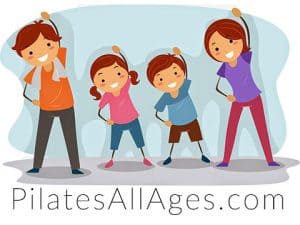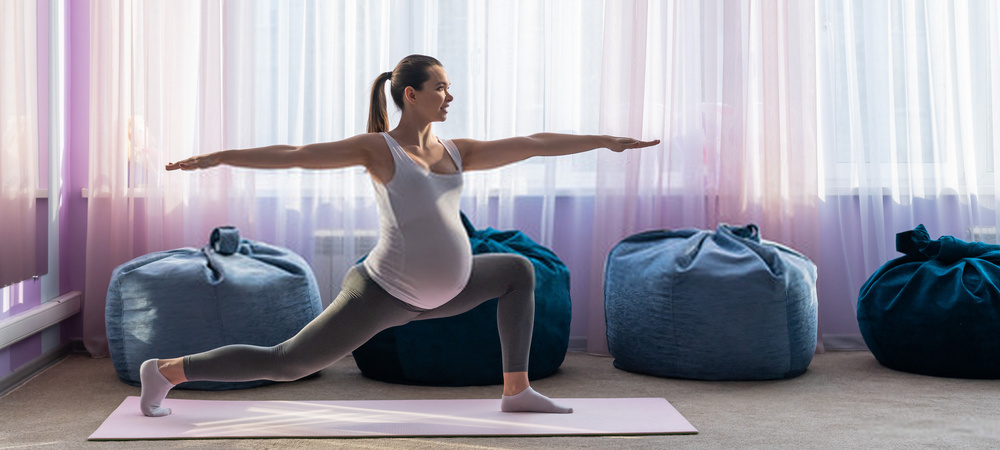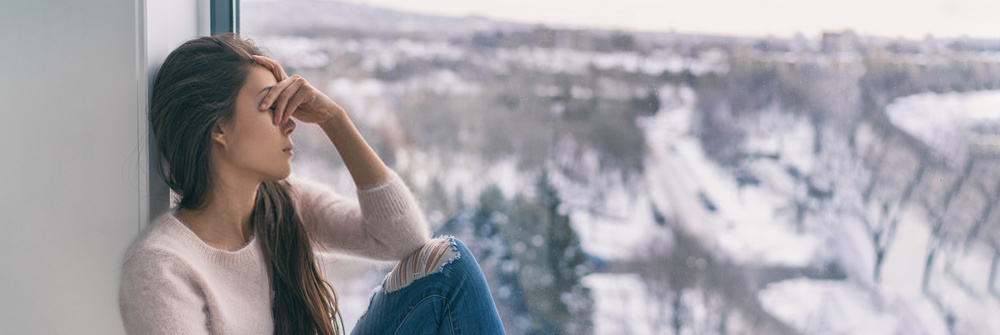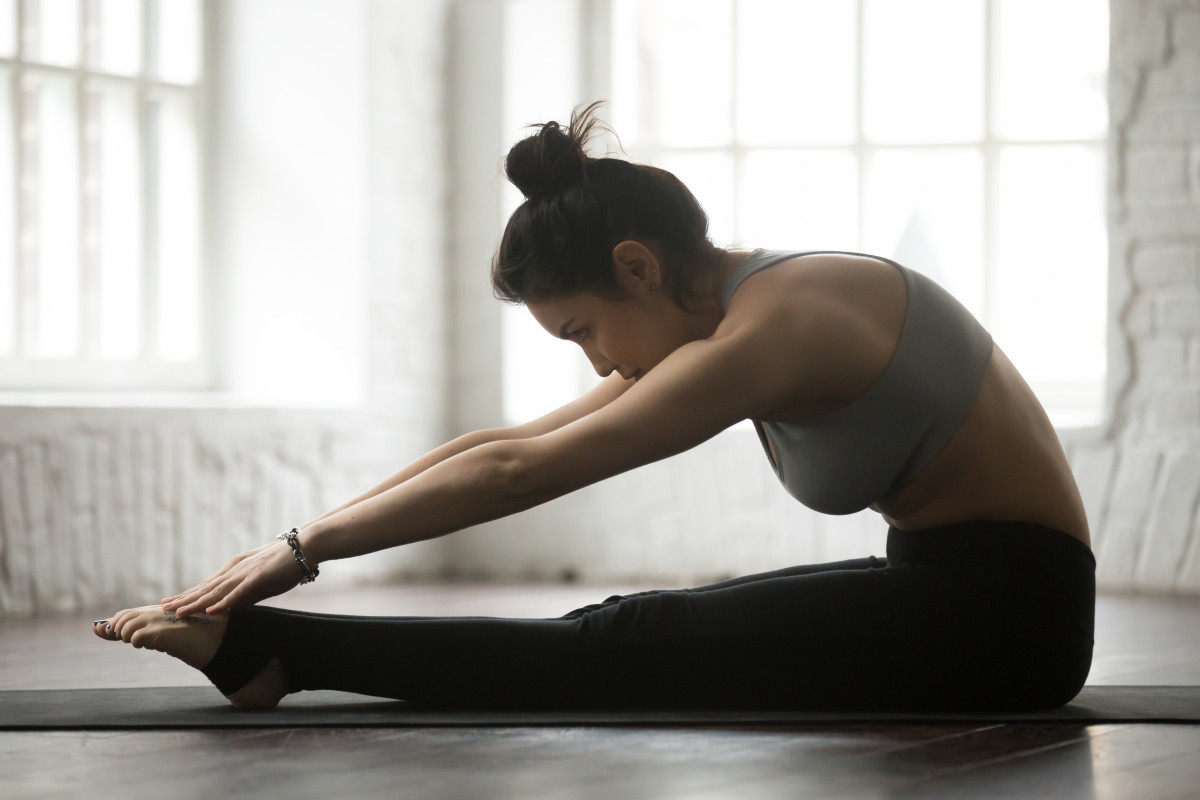Pregnancy is a period when several changes occur in the woman’s body and mind.
During these changes in the pregnancy period, women tend to experience pain and discomfort that hinder their daily performance.
In addition, there is all the hormonal movement going on in the body during pregnancy, which is in a phase of life full of emotions and new things.
Pilates in pregnancy is a very indicated physical activity, as the Method guarantees health, balance and comfort for the pregnant woman.
So, check out now the 10 Pilates Method exercises applied during pregnancy that will help you have a healthier pregnancy.
Understanding pregnancy
First of all, it is important to first understand the processes of pregnancy so that you know the changes that your body faces in this period.
In the first four weeks of pregnancy, your body begins to undergo changes and nausea begins to appear.
The embryo in turn begins to grow creating the nervous system, the skeleton, the muscles and organs.
From the tenth week of pregnancy onwards, other symptoms such as drowsiness, constipation, heavy and painful breasts, cardiac acceleration, fluid retention, slow digestion, back pain, among others, begin.
In addition, the psychological also changes during pregnancy, making you more emotionally sensitive.
In this way, the body as a whole undergoes several changes bringing a series of new emotions that are happy and uncomfortable at the same time.
So it is very important to keep your health up to date during pregnancy by practicing physical activities and eating properly (taking great care to ingest the essential vitamins your body needs), so that you feel much more pleasure than discomfort during this very special period.
First of all, it is important to first understand the processes of pregnancy so that you know the changes that your body faces in this period.
In the first four weeks of pregnancy, your body begins to undergo changes and nausea begins to appear.
The embryo in turn begins to grow creating the nervous system, the skeleton, the muscles and organs.
From the tenth week of pregnancy onwards, other symptoms such as drowsiness, constipation, heavy and painful breasts, cardiac acceleration, fluid retention, slow digestion, back pain, among others, begin.
In addition, the psychological also changes during pregnancy, making you more emotionally sensitive.
In this way, the body as a whole undergoes several changes bringing a series of new emotions that are happy and uncomfortable at the same time.
So it is very important to keep your health up to date during pregnancy by practicing physical activities and eating properly (taking great care to ingest the essential vitamins your body needs), so that you feel much more pleasure than discomfort during this very special period.
Benefits of Pilates during pregnancy
When you practice Pilates during pregnancy, your body and mind acquire several benefits such as:
- Strengthening of abdominal muscles;
- Strengthening of specific muscles such as the trunk, upper and lower limbs;
- Improved respiratory control;
- Increased Self-esteem and sense of well-being;
- Reduced risk of gestational diabetes;
- Reduction of constipation;
- Pain relief;
- Improved circulation;
- Improved posture;
- Increased body energy;
- Improved physical endurance;
- Reduction of stress and anxiety.
In addition, Pilates can provide several benefits not only during, but also after pregnancy, such as:
- Strengthening of the abdomen;
- Recovery of physical form;
- Decreased risk of postpartum depression;
- Relieves postpartum pain;
- Improves sleep quality.
Contraindications to Pilates exercises during pregnancy
As much as Pilates is a great ally during pregnancy, there are some cases in which not only it, but other types of physical activities should be avoided so that there is no risk during pregnancy:
Important cardiac dysfunctions – murmur, arrhythmia, infarction, catheterization, atherosclerosis, among others.
When the pregnant woman has some of these problems, it is important to undergo a medical evaluation first, so that he can investigate the case before releasing the exercises;
Restrictive Pulmonary Dysfunction – is a category of respiratory diseases that are characterized by some type of airway obstruction. Among these pulmonary disorders there are asthma, bronchiectasis, and bronchitis;
Placental dysfunction – Placental insufficiency, or placental dysfunction, is characterized by being a rare complication that occurs during pregnancy. When the pregnant woman goes through this problem, her placenta does not develop properly or is damaged.
Several high-risk pregnancies, with premature birth – women with high-risk pregnancies such as the case of the unstable placenta, for example, or even pregnant women who have had cases of premature births, should avoid physical exercises;
Persistent bleeding – having continuous bleeding during pregnancy is a warning sign, therefore, the pregnant woman should avoid physical activities in this case and seek a specialist doctor so that nothing serious occurs during pregnancy;
Placenta previa at 26 weeks of gestation – The placenta previa or low placenta occurs when its location is lower in the uterus when the ideal is that it is at the top of the uterus;
Membrane rupture – characterized by premature labor, that is, when the woman starts giving signs of giving birth much earlier than expected, tearing the amniotic sac before the start of labor.
Preeclampsia / Induced hypertension – is a disorder that causes dysfunction of the pregnant woman’s blood vessels;
Loss of multiple pregnancies – when a woman has had many cases of pregnancy loss, it is important that she see a specialist doctor and avoid physical exercise during pregnancy.
10 Pilates exercises applied during pregnancy:
1- Spine Mobility with Flexion and Rotation
Kneeling in front of the Fitball, with your hands resting on it, keep your arms in front with elbows extended.
Inhale and exhale, first flexing the cervical spine, then the thoracic and lumbar spine, then the hip should flex as well.
Inhale and exhale, extending your hip, lumbar, thoracic and cervical spine, in order, giving priority to spinal mobilization.
Inhale to prepare and exhale with the reverse movements to return to the starting position.
As a variation of this exercise indicated during pregnancy, spine rotation can be associated at the end of the first phase.
To do this, cross the upper limbs on the Fitball, inhale before starting and exhale by rotating the spine. Then, inhale to return to the starting position.
2- The Cat
In 6 supports, shoulders forward with palms on the ground, hips slightly abducted, inhale to prepare the movement and exhale performing the lumbar, thoracic and cervical spine flexion progressively, giving priority to vertebral mobilization.
Inhale and exhale, extending the cervical, thoracic and lumbar spine to the starting position.
To vary this exercise indicated during pregnancy, inhale and exhale by extending your right hip while flexing your contralateral shoulder.
Perform the movements so that the segments are in the extension of the spine.
Inhale again and alternate the movement to the other side, always in a crossed pattern and repeat up to 5 times, starting at the lumbar, and 5 times starting at the cervical.
3- Pelvic Release and Mobilization
Sitting on the Fitball with upper limbs in front of the body and elbows extended, inhale, performing the lateralization of the pelvis, associated with a lateral flexion of the spine. Exhale returning to the starting position, repeating to the other side.
As variations, it is possible to perform anterior and posterior tipping movements, as well as the circumference of the lumbar spine.
Try to remain seated on the hamstrings and repeat the movement 5 times for all angles.
4- Strengthening Senior Members Fitness Circle
Sitting on the Fitball, with shoulders flexed at 90 degrees and elbows with slight flexion, hold the Fitness Circle with your hands.
Inhale by flexing your shoulders until your body is extended, exhale by performing a shoulder adduction against the Fitness Circle resistance. Once this is done, inhale and exhale again, returning to the starting position.
5- Strengthening of Upper Limbs Tonning Ball (horizontal)
Sitting on the Fitball, with upper limbs in front of your body, elbows slightly bent and supine radio-ulnar, hold a Tonning Ball in each hand.
Inhale to prepare the movement and exhale performing the horizontal extension. Once this is done, inhale and exhale returning to the starting position.
6- Biceps Curl with Elastic Band
Sitting on the Fitball with feet resting on the ground and upper limbs along the body with elbows flexed at 90 degrees, support the center of the elastic band under the soles of your feet, keeping each end in one hand.
Inhale and exhale by flexing your elbows and wrists, then inhale and exhale returning to the starting position.
7- Abduction of Shoulders with Elastic Band
Sitting on the Fitball with feet resting on the ground and upper limbs along the body with slightly bent elbows, support the center of the elastic band under the soles of your feet, keeping each end in one hand.
Inhale and exhale by abducting your shoulders up to 90 degrees, then inhale and exhale returning to the starting position.
8- French triceps with elastic band
Sitting on the Fitball with your feet flat on the floor, hold one end of the elastic band behind your body at the level of your lower back.
To do this, hyperextend the shoulder and flex the elbow and the other end of the band must be attached to one hand, also behind the body, at the height of the head. To do this, abduct the shoulder to the maximum amplitude and flex the elbow.
Inhale and exhale by extending both elbows simultaneously. Once this is done, inhale and exhale returning to the starting position.
9- Bridge with Fitball
Lying on your back, hips and knees in 90 degrees of flexion, with your feet resting on the Fitball. Keep your upper limbs along your body.
Inhale and exhale performing the hip extension. Prioritize the mobilization of the spine and then inhale and exhale returning to the starting position.
10- One-legged squat
Standing with the back of one foot supported on Fitball, keep the knee of the lower limb supported on Fitball in flexion, with the upper limbs in an orthostatic position.
Conclusion
Practicing Pilates in pregnancy helps to keep your pregnancy healthier by balancing your body and mind. In this way, you guarantee several benefits that help for a better life.
But remember: it is important that you practice Pilates exercises taking into account the guidelines given by your Doctor to make sure that both you and your baby are healthy.
Did you like the exercises? Talk to an instructor and start practicing Pilates! You will certainly acquire several benefits and have a much healthier pregnancy.






